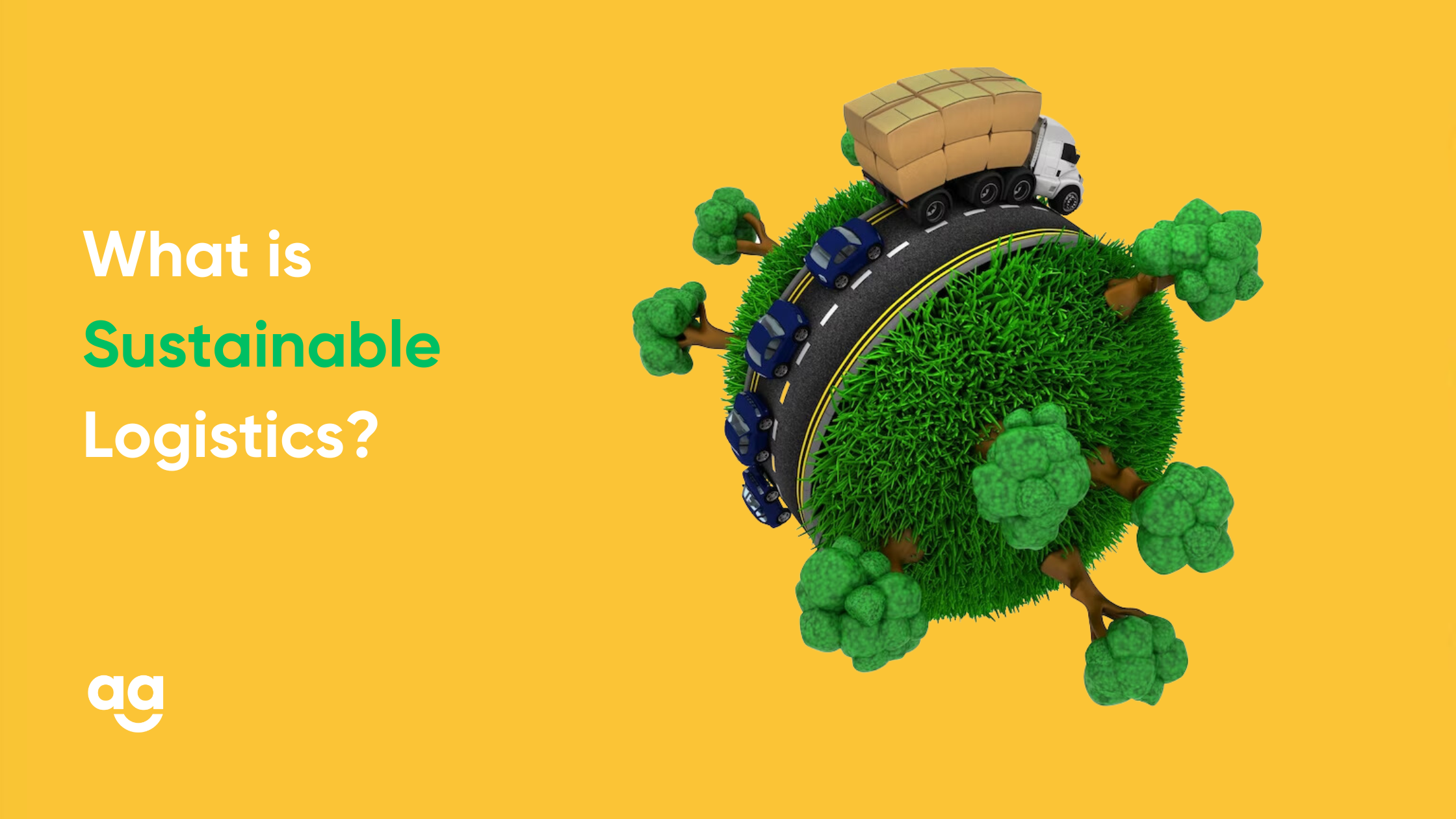Introduction to Sustainable Logistics
Sustainable logistics also known as Green Logistics can be defined as a set of actions taken to lessen the environmental impact of the logistics industry. Businesses are becoming more committed to protecting the environment and striving towards sustainability.
One way businesses are already searching for new ways to include social responsibility in their agendas which is by reducing the consumption of paper. Companies can still contribute to environmental preservation by using sustainable logistics.
In addition to using transportation, which emits significant amounts of CO2, logistical procedures can produce a variety of wastes. In order to lessen these effects, sustainable logistics introduces new working methods that take this goal into account.
5 ways to implement sustainable Logistics in your business
Know your Company Operations well
The first step in implementing any change is raising awareness.
Examine your company’s logistical practices to identify areas for improvement.
The following essential components should be incorporated into a thorough plan for sustainable logistics assessment:
- A thorough assessment of the business’s present activities and policies is required to understand the social, environmental, and financial impacts in addition to future requirements.
- Discussion of the long-term consequences or impact of the proposed change in addition to customer feedback on the new direction.
- Complete involvement and collaboration with all stakeholders throughout the entire supply chain is required
Adaptation of technology for Visibility –
Any supply chain must have visibility, yet this visibility is rarely attained at a high level. Purchasing visibility-enhancing technology, like as a transportation management software (TMS), may not appear to be directly related to green logistics. However, once businesses are able to tap into untapped prospects for sustainable logistics and supply chains, discover blind spots, and have a wider perspective, they may decide where to cut back on fuel use, consolidate freight, use other modes of transportation, etc.
Optimization of Transport Routes
The ability to decide whether to cut back on or alter operations is one benefit of visibility. Keep in mind that the majority of carbon emissions are created by trucks while thinking about green logistics optimisations, make sure that your lanes and routes are optimized to minimize the pollution is a crucial first step in putting green supply chain management practices in place. Saving money on fuel is a reasonably simple process, as is drastically cutting down pointless shipping routes.
Optimizing the Warehouses
Inventory control and warehouse space management play an important part in supply chains. To cut back on additional activities, your warehouse needs to be optimized, and order fulfillment needs to be increased. Additionally, it can aid in energy conservation and consolidation. Less errors result in unneeded delivery when operations run smoothly.
Introducing Green Checkout on your website
Green checkout is another crucial sustainability practice that you should use on your website. Many companies believe that the only thing customers want is speedier shipment, and that if they can’t provide it, they will lose those clients. However, this is not entirely accurate.
Customers are starting to prioritize the environment over convenience as the world grows more conscious of environmental impact and the harm caused by greenhouse gas emissions.
While opinions differ across generations, nations, and industries, 85% of customers have gotten “greener” in their purchases in recent years, according to information provided at the UN Climate change conference.
There has never been a stronger call to action to include sustainable shipping practices into your logistics operations through incentives like green checkout.
What are the benefits of Sustainable logistics?
-
Increase in sales –
Businesses that adhere to environmental protection regulations have an advantage in the cutthroat business world. Modifying some company requirements for sustainable models can increase sales and have a positive impact on future generations , For Example – Customers preferring a brand which provides a green checkout option which helps the environment and adds up towards creating a positive brand image hence leading to increase of sales.
-
Increase in goodwill –
Sustainable logistics practices align with societal expectations and demonstrate a company’s commitment to responsible business practices. This can enhance goodwill, strengthen relationships with stakeholders, and contribute to long-term success and positive brand perception.
-
Cost saving –
Adopting modifications to logistics can also increase the effectiveness of the processes
While there may be initial investments required to implement sustainable logistics practices, the long-term cost savings and potential revenue generation can outweigh the initial expenses. Additionally, sustainable logistics practices often align with societal and environmental goals, making them a win-win solution for both cost savings and environmental responsibility.
Wrapping Up-
You just looked at what sustainable logistics is and how crucial it is for businesses. This change in how business is conducted will undoubtedly be appreciated in many ways. Customers and staff will like working with a group that is concerned about future generations.
Additionally, adopting policies to lessen environmental effects demonstrates that businesses care about both the present and the future.
Sustainability is a long-term commitment that begins with a deeper comprehension of the problem and necessitates taking persistent action to avert harm. It is not a one-time gimmick or fad.







 Shipping
Shipping







